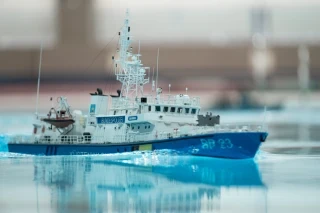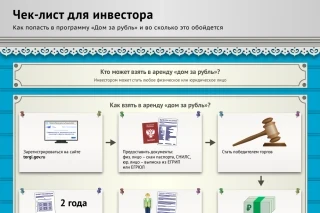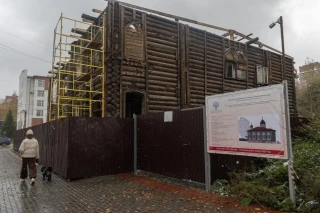TOMSK, May 10 – RIA Tomsk. The satellite of Tomsk Polytechnic University (TPU) launched to the 120th anniversary of the university will transmit a signal with greeting from Tomsk students on Tuesday and Wednesday, all radio amateurs will be able to catch it, the director of Institute of High Technology Physics TPU Alexey Yakovlev told RIA Tomsk.
Earlier it was reported that on 3d April the ship "Progress of MS-02" delivered to the International Space Station (ISS) the nanosatellite (30 on 11 and 11 centimeters) which was made in honor of the 120 anniversary of TPU. It is the first Russian spacecraft created with use 3D – technologies. During the next extravehicular activity astronauts of ISS will start it from an external surface of station.
"Our satellite was already loaded on ISS. Then it was necessary to prepare station for broadcast of a signal. Broadcasting will be on approximately in 9 o'clock in the morning on May 10. It means that from ISS the signal congratulation from polytechnicians will be transferred. It is possible to hear a signal on May 10 and 11", – Yakovlev has told.
Broadcasting will go on all the time, in Tomsk, according to calculations of polytechnicians, the signal can be caught on May 10 at 23.55 – 24.05 GMT (that is 5.55 – 6.05 on May 11 on Tomsk time), on May 11 at 1.31 – 1.41 and 3.07 – 3.16 GMT (that is 7.31 – 7.41 and 9.07 – 9.16 on Tomsk time). Yakovlev has specified that radio amateurs can catch a signal at frequencies of 437,025 MHz and 145,8 MHz.
"The satellite has to be charged for a start. After that the satellite will be connected to the ISS antenna and turned it on, that it begin to transfer information. Now it is working off of operating modes on ISS. As soon as there is the following spacewalk, it has to be loaded, it will be released – it will be recharged further on solar batteries", – Yakovlev added.
Earlier it was also reported that various sensors of the satellite will fix temperature onboard, on boards and batteries, parameters of electronic components. These data will be transferred to the Earth in real time. On them scientists will be able to analyze a condition of materials and to solve whether they will be applied at construction of spacecrafts in the future.








